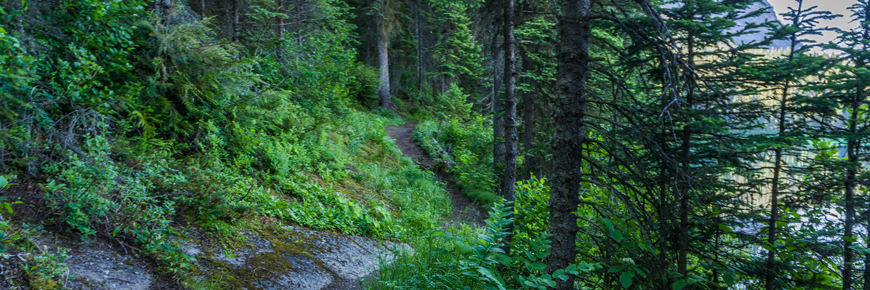
Forest
Yoho National Park
Forest health is one of three indicators and has five measures. We monitor each of these measures every year so that we have a clear picture of whether or not we are successfully maintaining and restoring the park. This helps us to plan for and make decisions that will keep the park intact for the present and for the future. The five measures are:
Fire | Songbirds | Winter wildlife tracking | Wildlife occupancy | Non-native vegetation
Fire
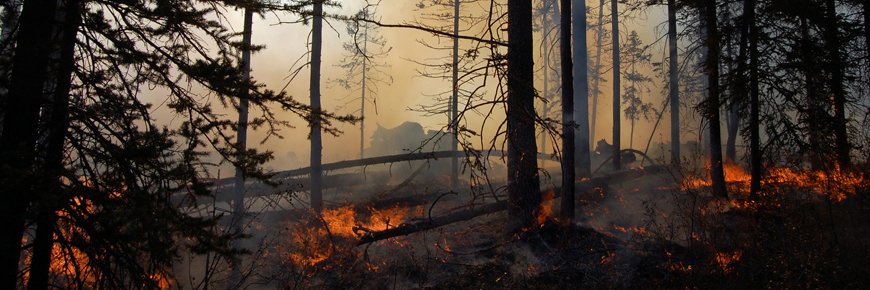
We measure fire and its impact on the landscape. This helps us to understand and explain changes that we record in the rest of our monitoring program.
Songbirds
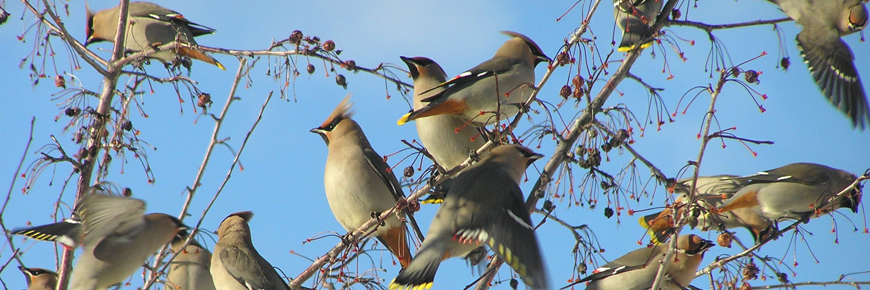
We can learn a lot about the overall health of our forests from songbirds.
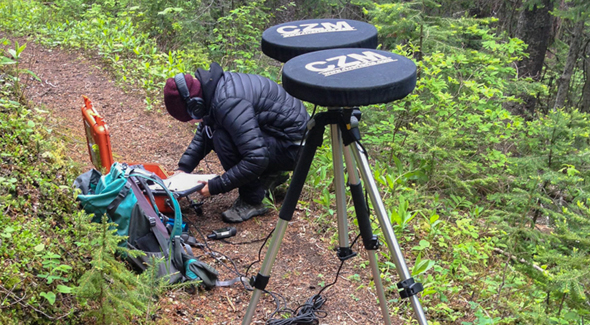
Bird song
We capture bird song to find out what species and how many of each we have.
Increases or decreases in population helps us to measure response to stressors such as habitat loss, fragmentation, challenging weather events and climate change.
Winter wildlife tracking
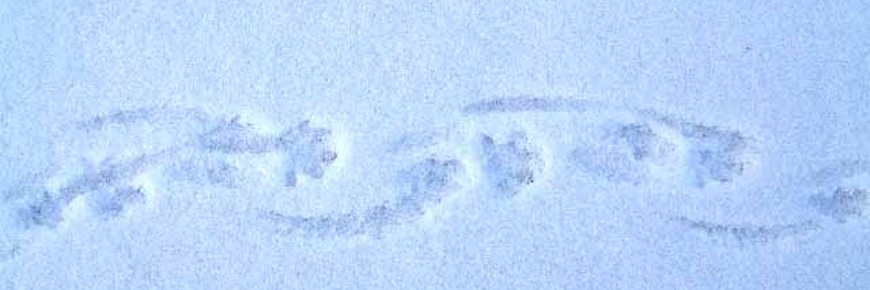
Tracks and transects
We track animals in the same sample areas every year. This tells us how many animals are around and what species they are.
Wildlife occupancy
Once or twice a year we do large surveys to find out which species are present on the landscape and which are absent. This tells us a lot about the relationship between different species.
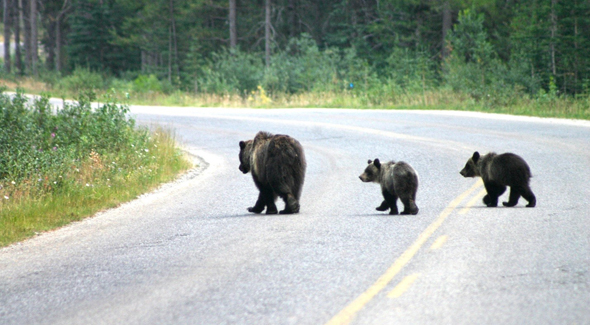
Wildlife Cameras
We use remote cameras to see what animals are out there!
Wildlife cameras help us to get to know our bears better. Distinctive markings and ear tags help us to identify individual bears. Even after bear 138 lost her tag, we were still able to identify her by the lighter patch she has behind her shoulder and by the age of her cubs!
When we are able to identify and recognize different bears, we are able to identify patterns in their behavior. This helps us to make better management decisions for each bear.
Non-native vegetation
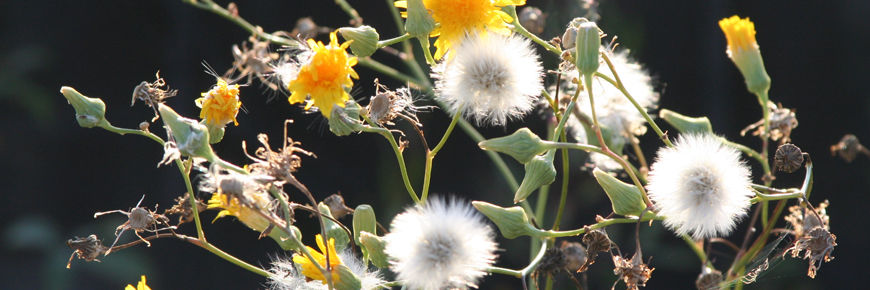
Introduced species are a huge threat to biodiversity. They crowd out the plants that are already in the park and change the ecosystem. We monitor and manage these species in order to minimize their negative affect on our parks.
- Date modified :